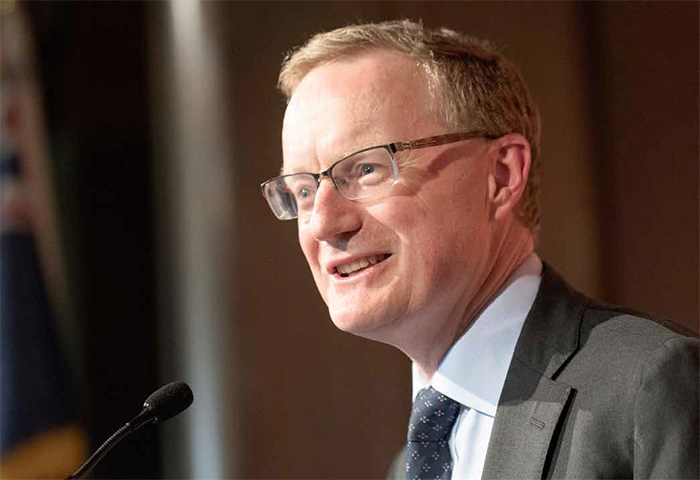Reserve Bank of Australia Annual Report – 2019 Governor's Foreword

The past year has seen a continuation of low inflation, low unemployment and low interest rates in much of the world. Global growth has slowed a little and although the outlook remains reasonable, it is clouded by the uncertainties generated by the ongoing disputes about trade and technology. In this environment, it seems probable that interest rates globally will stay low for some time yet.
Against this backdrop, growth in the Australian economy was lower than expected over the past year. Household spending has been affected by ongoing subdued growth in household incomes and a sizeable adjustment in housing prices in our largest cities. At the same time, there has been a large increase in the number of Australians with jobs. This strong demand for labour has not put much upward pressure on wages as it has been matched by more Australians participating in the labour force. Inflation remains low, with less progress having been made towards the medium-term inflation target than was expected this time last year.
Over recent times, it has become increasingly apparent that Australia can achieve a lower rate of unemployment than that experienced in the recent past. With inflation remaining low, the Reserve Bank Board decided to reduce the cash rate in June and July 2019, to a new low of 1 per cent. This easing of monetary policy will help boost jobs growth and support more assured progress towards the medium-term inflation target. A pick-up in wages growth and a further reduction in unemployment would both be welcome. Monetary policy can play a helpful role here, but so too can other arms of public policy.
As an organisation, the Reserve Bank is committed to being transparent and accountable. We seek to explain our decisions clearly in a way that helps the community understand what we are doing and why we are doing it. In addition to the flagship regular publications on monetary policy and financial stability, senior staff gave around 50 public speeches over the past year and met with many business and community groups. We are also continuing to invest considerable resources in our public education program, with a particular focus on economics students and teachers. One aim is to support and encourage the study and understanding of economics in Australia.
Over the past year, the Reserve Bank completed a major upgrade of the technology and business processes supporting the transaction and other banking services provided to the Australian Government and its agencies. This has been a large multi-year project, which has involved a significant investment by the Bank. As the Australian payments system continues to evolve, the new banking systems will benefit all those who receive payments from, or make payments to, the Government.
The Reserve Bank is also continuing to make significant technology investments in the systems that support the core of Australia's payments system. A key priority here is to ensure that the systems that underpin real-time and inter-bank payments in Australia have a very high level of resilience. A new $50 banknote was issued as part of our efforts to keep Australia's banknotes safe and secure and a new $20 banknote will be issued later this year. The Bank is also seeking to promote competition and innovation in Australia's payments system through the work of the Payments System Board.
The number of people who work for the Reserve Bank was little changed over the past year. There was a reduction in project-related staff, but an increase in staff supporting the Bank's payments and banking technology and services. The Bank's general operating costs, excluding depreciation, increased by 2.8 per cent over the year.
The Reserve Bank recorded an accounting profit of $4.5 billion in 2018/19. Earnings were boosted by valuation gains on the foreign reserves as a result of the depreciation of the Australian dollar. Of this profit, $1.7 billion will be paid to the Australian Government. The Bank continues to have a strong balance sheet, with the current level of reserves meeting the Reserve Bank Board's risk-based target. Consistent with this, the Board did not seek a transfer from distributable earnings to the Bank's reserves.
The Reserve Bank's staff share a strong commitment to high standards and serving the public interest. They go about their work with a high degree of professionalism and dedication. The Reserve Bank Board joins me in thanking the staff for their work and for their ongoing service to the Australian community.

Philip Lowe
Governor
4 September 2019